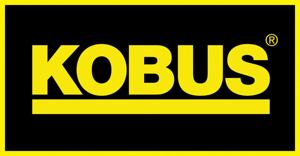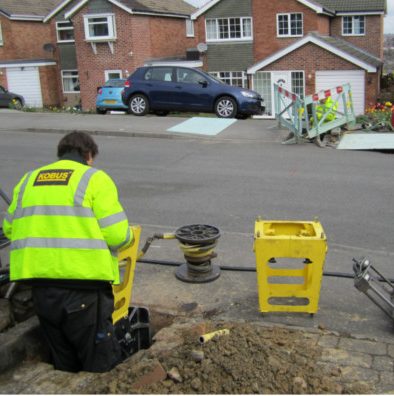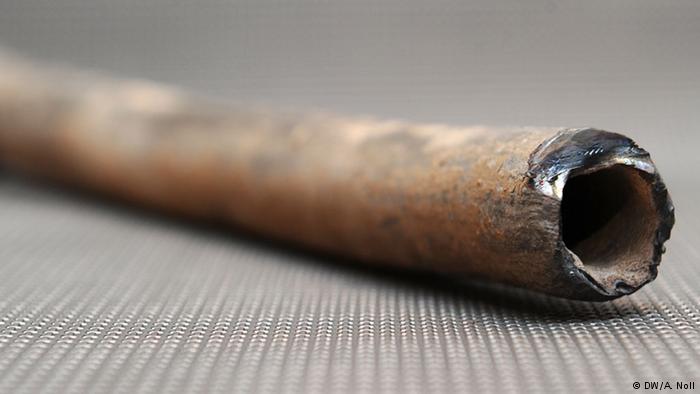The underground utility infrastructure is vast and congested, leading to the potential risk of utility strikes when working on underground infrastructure.
A combination of some or all of the gas, water, electric power, telecoms, cable TV, sewers and drains, serve individual properties. The exact location of each service utility is imprecise due to inaccurate mapping changes over the decades.
Close proximity
As a result, a common problem when replacing old or leaking service pipes is the high risk of utility strikes when working on another service in close proximity.
Road crossings are particularly hazardous. Often, there will be a gas or water main, or HV power cable running along the length of the road. Services supplying individual homes will usually run at right angles across these main utility lines.
Consequently, replacing these service lines increases the risk of contact with the main lines.
Assessing risk
Where the risk exists, inspection holes are frequently necessary to expose the risk and manage the operation. This increases the time, cost and potential risk of a strike. The disruption and cost of utility strikes is obviously very high and to be avoided, but more importantly is the safety of workers.
If the risk is considered too great then open cut excavation may be the only viable option. This is time consuming, expensive and very disruptive to the local community.
Increasingly, utility companies and their contractors are avoiding the use of techniques which may damage other nearby utilities. Trenchless techniques are more common to reduce cost and disruption, but as a consequence, these techniques can increase the risk of hitting other utilities. Moling, for example, is non-steerable, and therefore has the potential to veer off its intended course and strike a nearby utility.
Click here to see how the Kobus Pipe Puller can minimise the risk of utility strikes



